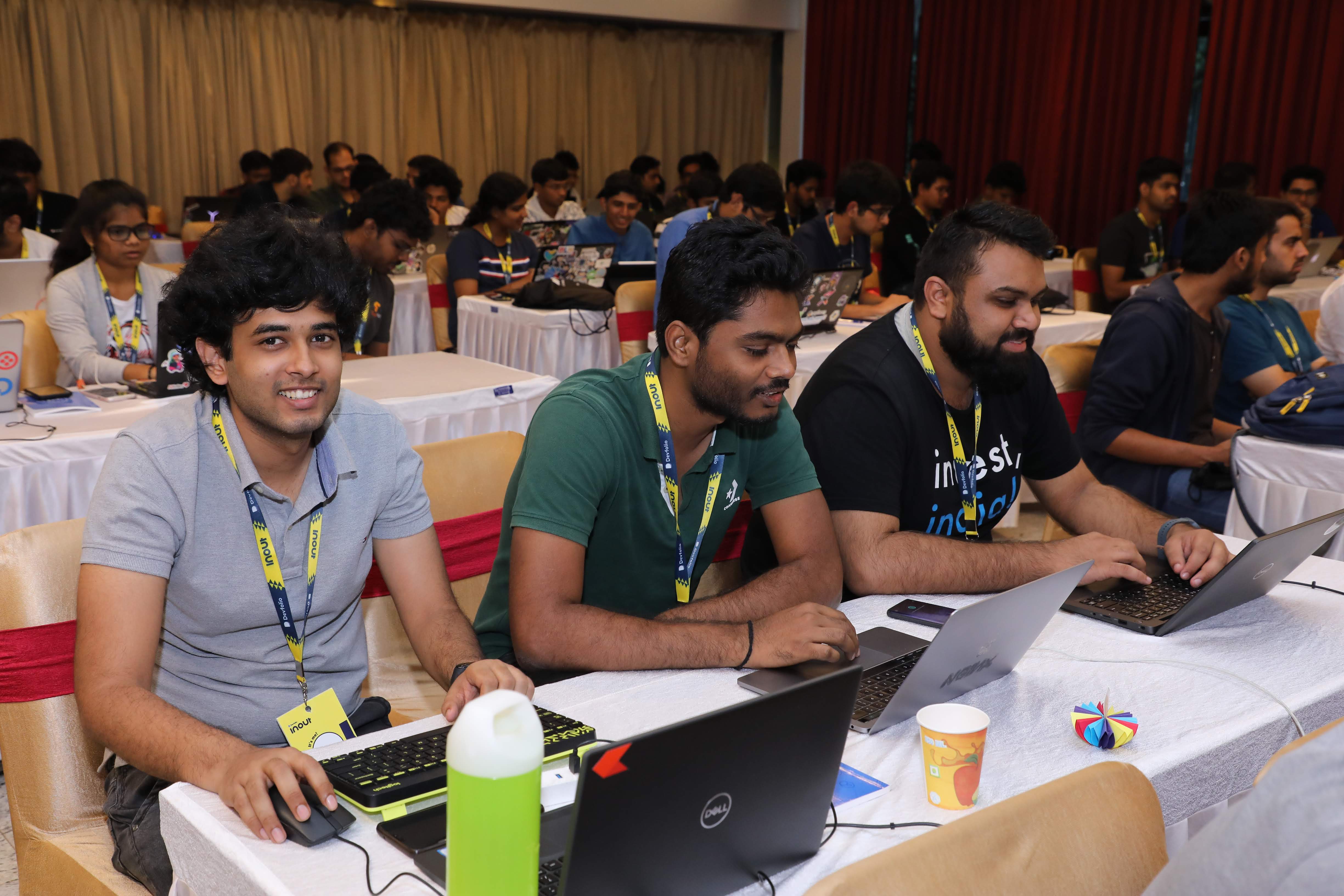Last weekend I attended a hackathon after a long time. HackInOut, which is India’s biggest community hackathon, was happening very close to where I live. I went with my office colleagues Vivek and Karan and we had discussed a lot of ideas before reaching the venue, but we were not sure what we will finally end up building.

After discussing our ideas with Siddharth Shetty, an iSpirit fellow and one of the mentors at the hackathon, we finally decided to build PaisaVasool.

What is PaisaVasool
Split subscriptions and collect money automatically and instantly over UPI seamlessly.
The problem it solves
Sharing subscriptions like Netflix friends is not seamless. Collect payments online and reconciling them manually using Apps still requires us to manually confirm payments, and APIs/SDKs by PSPs are expensive.
The hack
We piggyback on paisa values in the UPI request amount as the transaction ID, and reconcile the payment seamlessly and automatically into the subscriptions.
The app
To demonstrate the hack for this hackathon, we decided to concentrate our efforts to Splitting Recurring Payments such as those for Netflix/Amazon Prime/Hotstar/Spotify etc. Although, our hack can be extended to any kind of collect requests.
A user can create groups on our app and enter his friends contact details and instantly get reconciliations from our app when he receives payments.
Our hack allows you to consolidate your UPI requests for free!
- Daily UPI requests are limited by PSP apps like Google Pay.
- You can request upto 5 times on Google Pay a day
- New users can’t be requested more than once a day
- Payment API’s are expensive
- Costs (2% per transaction) are added onto the consumers
- You need to check your Bank transaction details and reconcile manually without a PSP
- Apps like Paisa Vasool are impossible on top of UPI as of today
Our hack allows payers to pay with any VPA.
- No need to ask your user to be on a specific UPI app
- No need for payee to pay from his own account (parents/friends can pay on behalf)
Instant reconcilation
- We process the transacation as soon as we get the bank SMS
- Users don’t need to check their bank details
Challenges we ran into
The biggest challenge was to figure out a way to solve these issues:
- How to identify a transaction
- How to not need the payers VPA
We figured out that:
- The identifier can be embedded in the paisa value
- We can read SMS to get the amount and parse the transaction ID.
Detailed technical flow
- User installs our app and gives read permission for SMS to our app.
- Our app is open source and only sends SMS with UPI VPAs to our server
- They create a collect request in the UI with the amount and users, and create a group for recurring weekly/monthly transactions.
- User adds his clients/friends to the group using mobile number and/or email
- These are saved for the future
- User adds his clients/friends to the group using mobile number and/or email
- The collect request is then processed by the server
- UPI link (which can be embedded in SMS/Whatsapp/Telegram) is created using https://upi.link/ API – It is sent to all the clients/friends with appropriate amount that has been hacked to include the transaction identifier in the amount paisa value.
- The app waits for SMS from the bank of the User, which includes the amount (plus paisa value identifier) inside it.
- On receiving the SMS, we change the state of the pending transaction to complete.
- The user can check the state and see all his transactions from our app.
Future
- The Sahamati framework in the future will allow users to share their bank transaction ledger details with apps directly in a standardized format via Aggregators.
- UPI roadmap has split requests planned for the future.